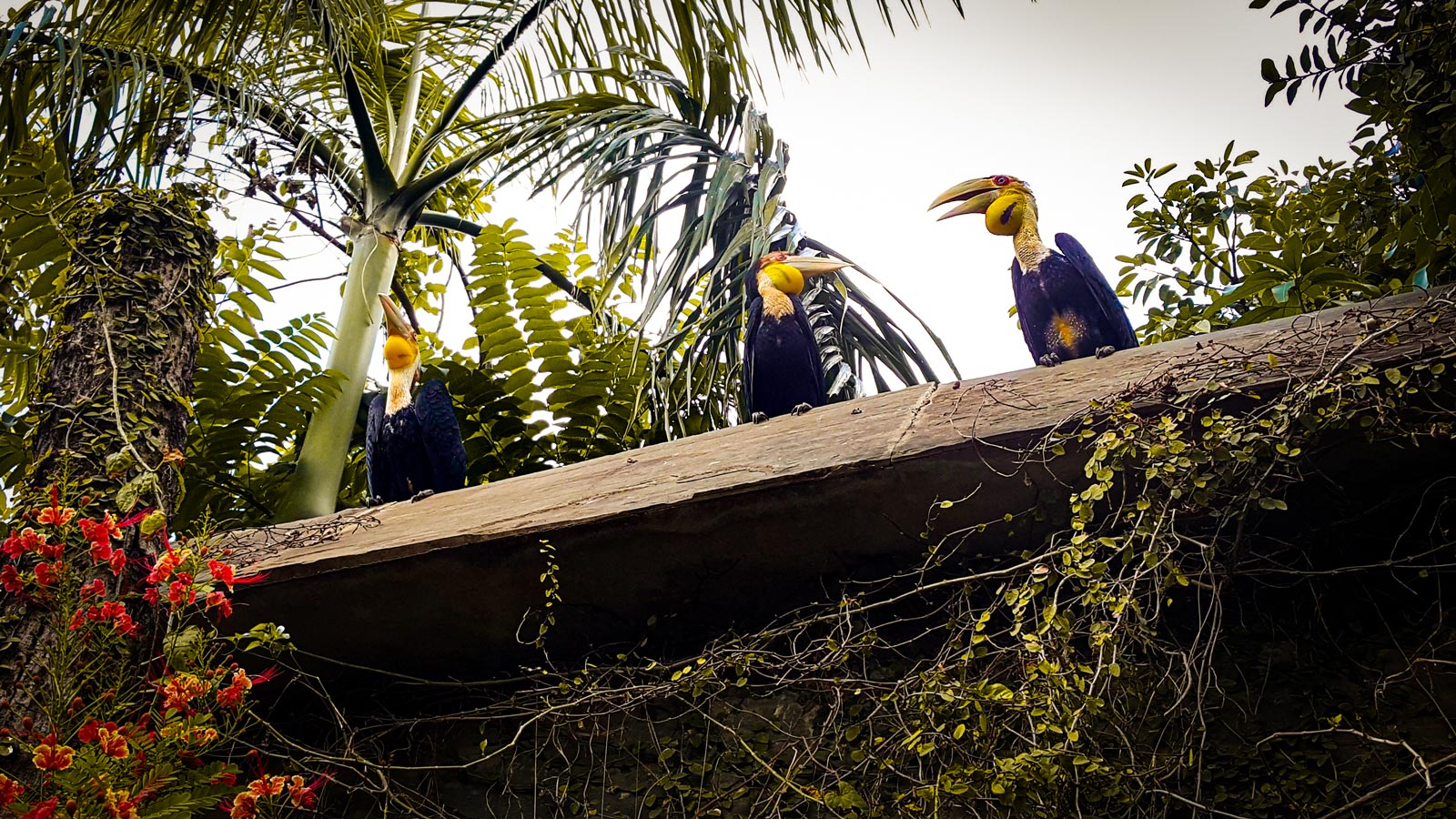Travellers in Cambodia may spend hundreds of dollars to venture deep into its forests for just a brief glimpse of a gibbon flying hand-over-hand through the canopy.
These would-be primatologists don’t need to go on safari to see the endangered apes though, at least not in the Toul Tompoung area of the Cambodian capital Phnom Penh. That’s because a pair of gibbons frequents the neighbourhoods around busy Mao Tse Toung Road, moving above the streets of the urban jungle along a network of power lines, balconies and the odd tree.
The pair, one black in color, the other a mottled grey, are pileated gibbons. Their natural habitat is in the thick forests of the country’s rural hinterlands, such as in the northern plains of Preah Vihear and in the Cardamom Mountains in the nation’s south, where their numbers have dwindled due to poaching and habitat loss. Conservationists estimate there are 48,000 of these specific gibbons left in the wilds of Southeast Asia, which are home to roughly 20 different species of the acrobatic, long-armed ape.
In full: https://southeastasiaglobe.com/hornbill-gibbons-phnom-penh/




